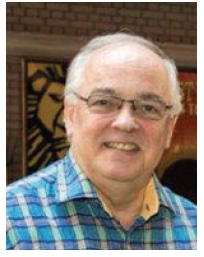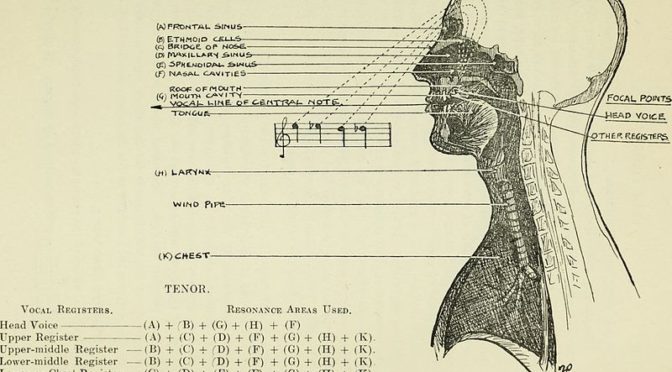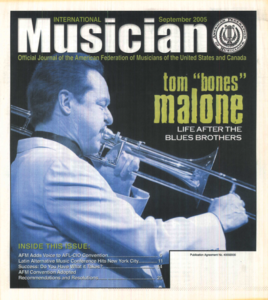 by Dan Beck, Trustee, Music Performance Trust Fund
by Dan Beck, Trustee, Music Performance Trust Fund
The Recording Industry’s Music Performance Trust Fund (MPTF) began its 2016-17 fiscal year May 1. The usually busy summer months of live music events, free to the public, are a tradition extending back 68 years since the MPTF was founded in 1948. The Trust Fund’s work is to enrich communities with music culture and entertainment, while providing valuable supplemental income to professional musicians across North America.
This year, we are committed to maintain our primary grant budget at the $500,000 level. Revenues have declined unabated for the past two decades, since they are based almost entirely on the sale of physical product (CDs and vinyl). However, it is our desire to support as many ongoing events as possible, due to their importance to local communities throughout the US and Canada.
The MPTF continues to focus on co-funding programs at hospitals, schools, senior centers, parks, and public locations, where free musical events educate, influence, and impact quality of life. Through nearly seven decades, the organization has provided tens of millions of dollars to enhance inspired community programs featuring the best musical talent.
The upgraded grant management system now in place continues to provide cost savings, quality control, and improved capabilities. The MPTF staff has worked with program developers to simplify the process, including reducing the need for repetitive input. Our grant managers will be attending the AFM’s 100th Convention to demonstrate the system and answer questions on how best to use it. We invite you to visit us at our booth in Las Vegas in June!
Despite the declining revenue, the MPTF implemented a new senior center initiative this past year called MusicianFest. Thanks to a grant from The Film Funds, we were able to initiate more than 600 free senior center performances in the US and Canada. The National Council on Aging’s National Institute of Senior Centers oversees the request applications from senior centers across the country. The MPTF then solicits AFM locals for their ability to fulfill those requests and provides the funding to pay the musicians. This year a budget of $100,000 has been established, above the regular Trust Fund grant budget allocation, to make this program work.
While the grant levels are a challenge and a draw on the MPTF’s reserves, we have continued to reduce overhead costs every year. Those efforts, and their impact, can only last for a limited time before more radical efforts will be required to maintain the Trust Fund’s involvement in supporting live music and the musicians who perform it.
While our grants support a wide range of citizenry, they are most felt by professional musicians. The value of the MPTF to musicians themselves will ultimately determine the future of our efforts.













 We all know what’s wrong with eating too much restaurant food on the run. Too much fat, sugar, and salt combined with hurried eating can lead to weight gain, fatigue, sluggishness, and even worsening pre-existing health conditions. Often there’s also a lack of fiber in a road diet, and usually fresh greens are in short supply.
We all know what’s wrong with eating too much restaurant food on the run. Too much fat, sugar, and salt combined with hurried eating can lead to weight gain, fatigue, sluggishness, and even worsening pre-existing health conditions. Often there’s also a lack of fiber in a road diet, and usually fresh greens are in short supply.

